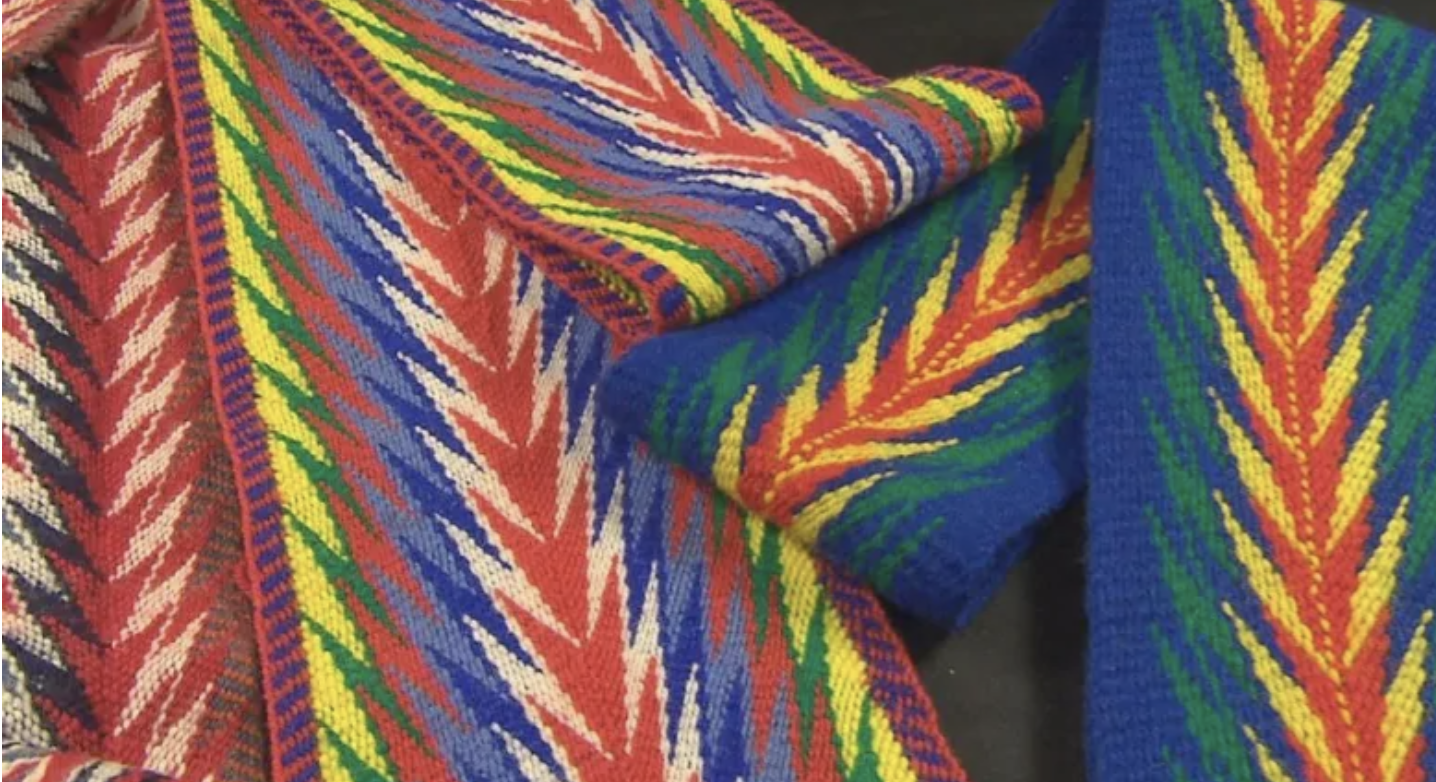Exploring Identity: Who are the Métis and what are their rights?
Canada's 1982 Constitution recognizes three distinct Indigenous groups: First Nations, Inuit and Métis.
Who are the Métis and why is this question so complicated? Here's some historical background.
What does 'Métis' mean?
In French, the word métis is an adjective referring to someone of mixed ancestry. Since the 18th century, the word has been used to describe individuals with mixed Indigenous and European ancestry.
But it's generally recognized that being Métis is more than having mixed Indigenous and European heritage. Métis have a distinct collective identity, customs and way of life, unique from Indigenous or European roots.
The 1996 Report of the Royal Commission on Aboriginal Peoples stated "Many Canadians have mixed Aboriginal/non-Aboriginal ancestry, but that does not make them Métis or even Aboriginal. Some of them identify themselves as First Nations persons or Inuit, some as Métis and some as non-Aboriginal. What distinguishes Métis people from everyone else is that they associate themselves with a culture that is distinctly Métis."
Through the late 1970s and early 1980s, Jim Sinclair pushed to have Métis and non-status Indians' rights recognized in the Constitution, helping establish the Native Council of Canada (NCC). When the Constitution was repatriated in 1982, First Nations, Inuit and Métis were recognized as Indigenous Peoples with rights under Canadian law.
In 1983, the Métis Nation split from the NCC to form the Métis National Council, which represents Métis communities from Ontario, Manitoba, Saskatchewan, Alberta and British Columbia.
The Métis Nation are descendants of fur traders who settled in present-day Manitoba. There's a shared culture, traditions and language among those who trace their family roots back to the Red River colony.
There are others outside of the Métis Nation who do not have connections to the Red River colony who also identify as Métis, particularly in Quebec and the Maritimes. The Royal Commission on Aboriginal Peoples referred to them as "the other Métis" and said they constituted "a minority within a minority within a minority."
Over the last decade, the number of people identifying as Métis in these areas has skyrocketed.
How many Métis are there?
In the 2016 Census, 587,545 people identified as Métis across Canada. That number represents a 51.2 per cent growth since 2006. Over the same period, the First Nations population grew by 39.3 per cent and Inuit by 29.1 per cent.
The highest jumps in Métis population were seen in Nova Scotia, Quebec and New Brunswick, with numbers more than doubling over 10 years. Nova Scotia shows the biggest increase at just over 200 per cent.
This has sparked conversation and controversy around Métis identity.
What are Métis rights?
Section 35 of the 1982 Constitution Act guaranteed Indigenous rights but they were not defined.
In October 1993, Steve and Roddy Powley killed a moose north of Sault Ste. Marie and were charged with unlawfully hunting a moose without a licence contrary to Ontario's Game and Fish Act. They argued that as Métis they had rights under s.35 to hunt for food.
R. v. Powley went to the Supreme Court of Canada and in the court's September 2003 decision, the Powleys were acquitted and the "Powley Test" was established for determining the rights to which Métis are entitled.
The Powley Test
The test considers 10 criteria, encompassing self-identification, ancestral connection and community acceptance, to determine whether someone is entitled to exercise Métis rights. The test was modeled after the Van der Peet Test which determines how First Nations claims to rights are defined.
The 10 criteria are:
Characterization of the right.
Identification of the historic rights-bearing community.
Identification of the contemporary rights-bearing community.
Verification of the claimant's membership in the relevant contemporary community. (One must self-identify as Métis, have an ancestral connection to a historic Métis community and be accepted by the modern Métis community.)
Identification of the relevant time frame. (To determine whether something was integral to the Métis community, the practice must have fallen post-contact but before European laws and customs ruled the land.)
Determination of whether the practice is integral to the claimant's distinctive culture.
Establishment of continuity between the historic practice and the contemporary right asserted.
Determination of whether or not the right was extinguished.
If there is a right, determination of whether there is an infringement.
Determination of whether the infringement is justified.
The Daniels decision
In 2016, the Supreme Court of Canada ruled in Daniels v. Canada (Indian Affairs and Northern Development) that Métis and non-status Indians are considered Indians under s. 91(24) of the 1982 Constitution.
The decision established that the federal government must accept responsibility for negotiating programs and services for Métis communities.


